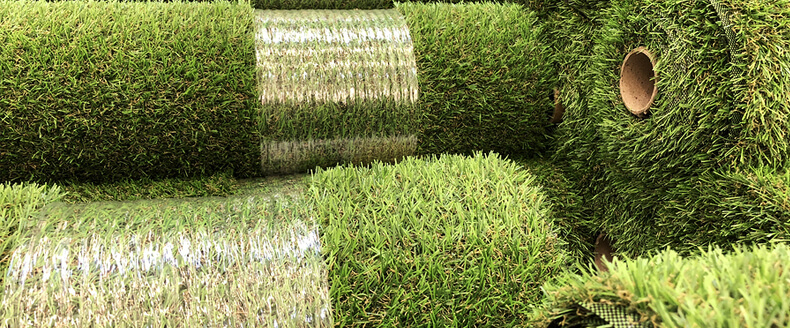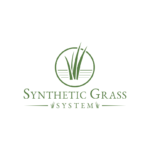Face Weight

When you are first taking the leap into the wonderful world of artificial grass, you may hear some terms that you have never heard before. We all know that contractors have different slang for the things they work with and install, but there is a term in the world of artificial turf that seems to allude even some of the people that have had artificial grass for years, face weight. We know its a funny-sounding slang but it is actually a term that explains the quality of your grass and its comfort. Today, we will be taking a look at what face weight means and how it can benefit you.
What Does It Mean?
When you take a trip to an artificial grass warehouse or storefront, you will notice that all of the different options will have a face weight attached to the price in front of the grass. Well, face weight is a measurement that artificial turf manufactures will use to identify the ounces of grass fiber per square yard a system has. But face weight does not account for the backing of the grass, only the blades. As you go up the price ranges, you will notice that the face weight will also increase as it is a direct rating for the performance and quality of the grass you choose.
How Does Face Weight Impact You?
Well, when you are planning out a design for your home or business, your representative will most likely ask questions like, is the grass for aesthetic purposes, will the grass be exposed to high foot traffic? Well, this is because if you are looking for a feature to highlight your home or business, you can get away with using a system that has a lower face weight, reducing costs. But if the area requires to be impacted by high foot traffic or used for recreational purposes, you might want to go with a higher face weight, increasing costs but impacting the durability, longevity and comfort your grass offers.
Are There Benefits Of Higher Face Weights?
As we have stated above, the benefits of choosing a higher face weight are in direct correlation to the quality and performance of the grass you choose. This means the higher up the ladder you go, the better your grass will be. The higher face weight you choose, the thicker the grass fibers will be, the more densely stitched the blades will be and how tall the grass is. The higher the face weight, the more like real grass your synthetic system will be, so if you are looking to install the system in your backyard for your children or need a nice feature for your garden that you need to look realistic, a higher face weight may be what you are looking for.
Well, there you have it, the true definition of face weight. Now that you know what it is, you can talk to your representative like a seasoned pro in the realm of artificial grass. Hopefully, this article has enlightened you on what you need from your artificial grass system.
Artificial Grass- The Cons
Even though artificial grass has evolved to the point of realism in feel and appearance, some of us just can’t shake the fact that it is made out of plastic. While artificial grass can help save the environment in some aspects, it also has an environmental drawback, it is a petroleum-based product that creates ample pollution and waste during manufacturing. Even though it is made of recycled materials in most cases, its durability is also a drawback as it will always end up in a landfill.
So what option is the best? There really is no best option. When it comes to the remodel, building of your home or just a change of landscaping, it comes down to your tastes and the direction you want to take your home. We recommend at least going to a warehouse and giving the artificial grass a try, it’s not the same stuff we had in the 90s today!



